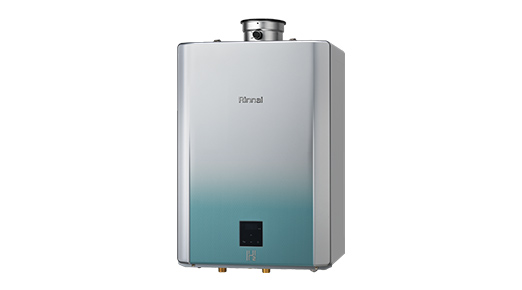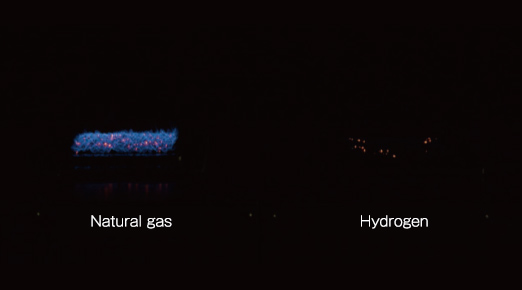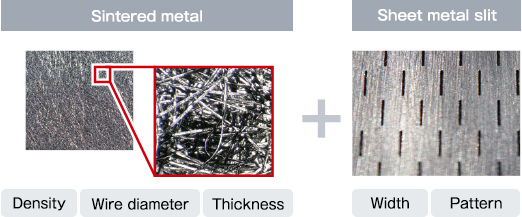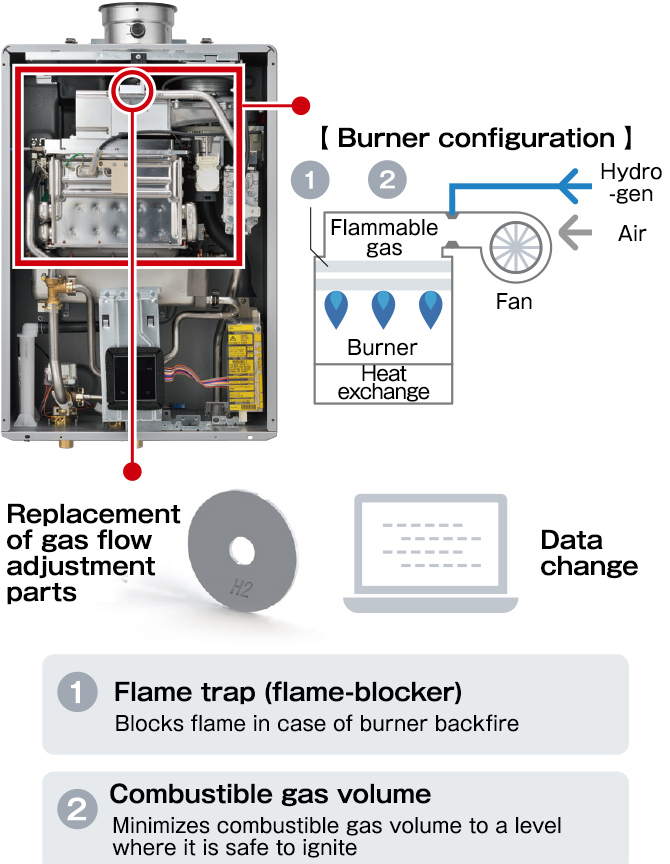Advanced Fields – Hydrogen Combustion Technology
Fostering carbon neutrality: 100% hydrogen combustion water heater (Launched in May 2022)
Using hydrogen, which emits zero CO2 when burned, is a major step forward in achieving carbon neutrality. Rinnai was the first company in the world to successfully develop 100% hydrogen combustion technology for residential water heaters.

Features of hydrogen
Hydrogen has high expectations as an energy source that emits zero CO2 during combustion.
Hydrogen is expected to become a carbon-neutral energy source that emits only water when combusted. Hydrogen is being tested around the world as an energy source, but it is more difficult to handle than existing fuels (such as natural gas) and has been mostly limited to industrial applications.

Natural Gas (Methane) vs. Hydrogen

- What is backfire?
- A backfire occurs when the fuel jet velocity falls below the combustion velocity, causing the flame to enter the inside of the burner.
- Combustible range
- Ratio of combustible gas to air that can be burned
Development of hydrogen-compatible burners
We have successfully developed a hydrogen-compatible burner that is ideal for residential water heaters.
By combining sintered metal and sheet metal slits, we have successfully developed a hydrogen-compatible burner that does not cause backfires and thus is ideal for residential water heaters. It enables users to quickly adjust capacity according to hot water volume and temperature and performs as well as a regular gas water heater.

Commitment to safety and energy conversion
-
We guarantee safety, which is the most important factor in home appliances.
We developed and innovative double-safety mechanism by adding a flame trap and minimizing the volume of combustible gas inside the equipment. In the unlikely event of a backfire, the appliance shuts down safely and allows operation to be resumed immediately when ready.
-
The system can be introduced to accommodate future hydrogen infrastructure development.
Converting natural gas to hydrogen can be done by simply replacing a few parts. Rinnai is also looking at energy conversion because its appliances are used in residences for long periods of time.

